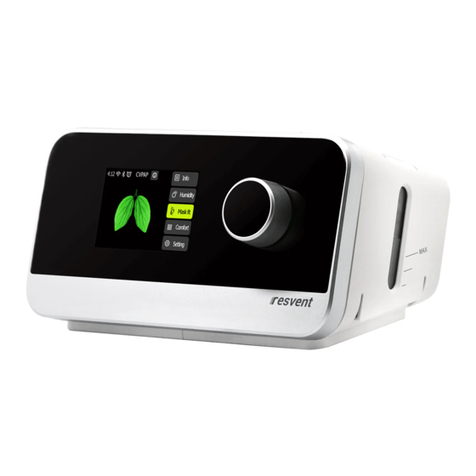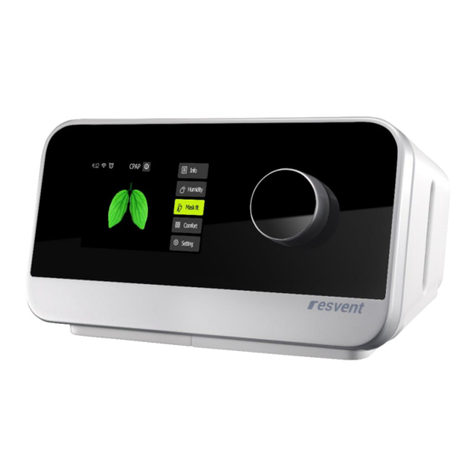
6.5.11 BPAP .................................................................6-20
6.5.12 APRV.................................................................6-21
6.5.13 Ramp ................................................................6-22
6.5.14 S/T.....................................................................6-23
6.5.15 VS......................................................................6-24
6.5.16 PPS ...................................................................6-24
6.6 Tube Resistance Compensation....................................6-26
6.7 Leak Compensation......................................................6-27
6.8 Start Ventilation ............................................................6-30
6.9 Standby Status .............................................................6-30
6.10 Turn the Ventilator Off..................................................6-31
7.Alarms .......................................................................... 7-1
7.1 Introduction.....................................................................7-2
7.2 Alarm Categories............................................................7-3
7.3 Alarm Priority Levels.......................................................7-4
7.4 Alarm Signals..................................................................7-4
7.4.1 Alarm Lamp ...........................................................7-5
7.4.2 Audible Alarm ........................................................7-5
7.4.3 Alarm Messages....................................................7-6
7.4.4 Flashing Alarm Numeric ........................................7-6
7.4.5 Alarm Status Symbol .............................................7-6
7.5 Alarm Volume Settings ...................................................7-7
7.6 Alarm List........................................................................7-8
7.7 Alarm Limits....................................................................7-9
7.8 Nurse Call..................................................................... 7-11
7.9 Responding to Alarms ..................................................7-13
7.10 Audio Paused .............................................................7-14
































